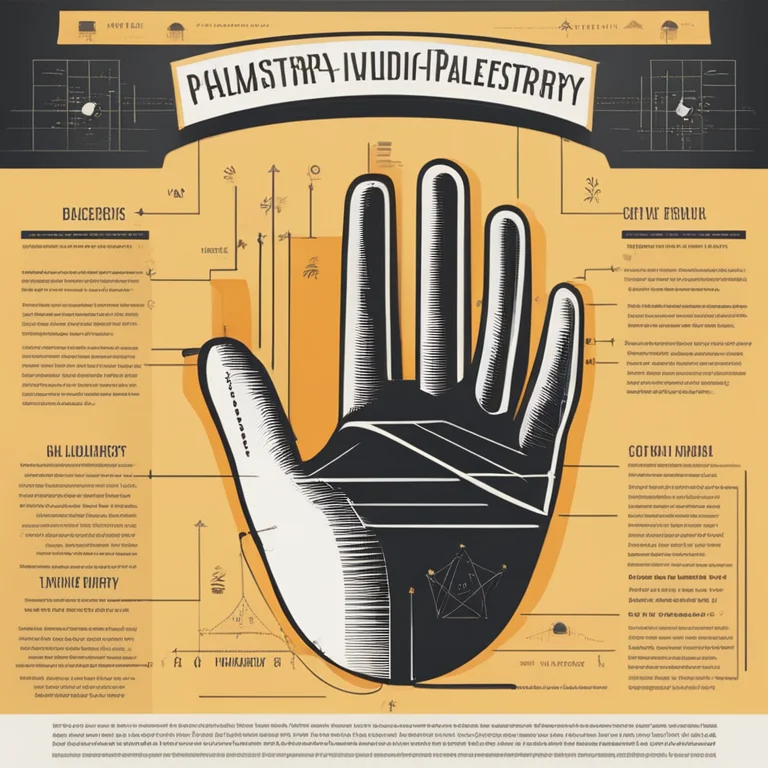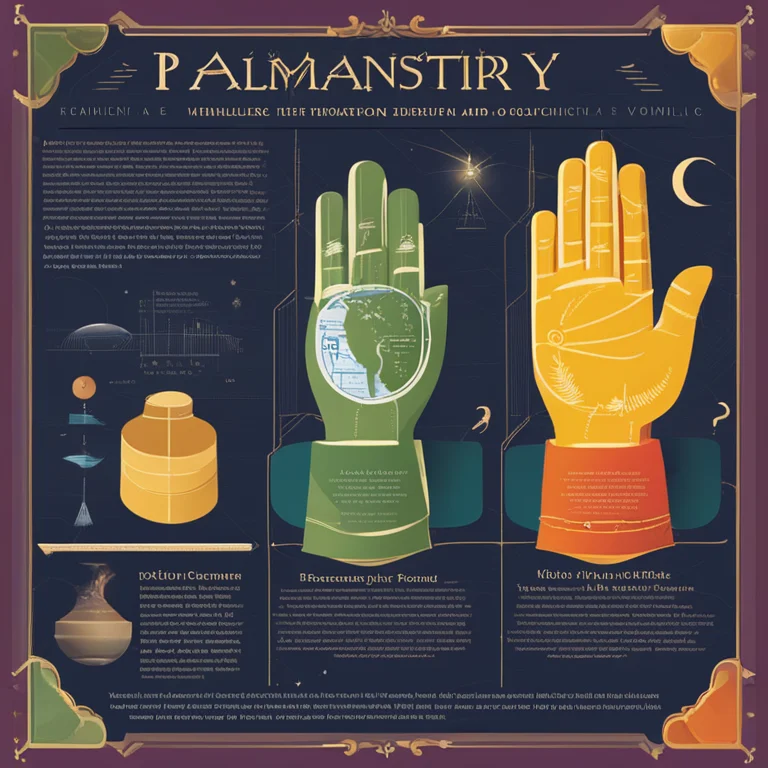
The Accuracy of Palmistry: A Critical Perspective
Examine the credibility of palm reading as we delve into the practice of palmistry and its position in the contemporary world of divination.
article by Nora Pennington
Introduction to Palmistry
Palmistry, also known as chiromancy, has been a tool for divination for centuries, offering insights into one's personality, history, and potential future. It implies that by examining the lines and features of the hand, one can infer details about an individual's life and characteristics. Yet, in an era driven by data and science, how does palmistry hold up? This article sifts through the evidence to discuss the precision of palm reading and its relevance today.

Historical Significance and Modern View
Historically, palmistry has roots in various cultures, from ancient India to Aristotle's musings. However, its mystical elements clash with the scientific approach that dominates modern thought. Nevertheless, it persists as a popular practice within the realms of New Age and spiritual communities. The accuracy of palmistry remains a topic of debate, often regarded with skepticism by the scientific community, yet embraced by those who seek personal insight and guidance through alternative means.

Evaluating Methods and Results
Palmistry involves analyzing the lines (heart, head, life, and fate), mounts, and shapes of hands and fingers. Practitioners suggest that these features correlate with one’s personality traits and life events. Critics argue that there's a lack of empirical evidence supporting these claims, and that readings are often vague and general enough to apply broadly — a phenomenon known as the Forer effect. Nonetheless, some anecdotal accounts praise palmistry for its surprising accuracy, albeit without scientific validation.

The Role of Intuition in Palmistry
Accurate or not, palmistry may hold value for some as a tool for introspection. Many palmists are intuitive and may pick up on cues beyond the lines of a hand. This could be compared to the work of a therapist or counselor, who reads body language and tone. While this doesn't confirm the reliability of palm readings, it suggests that the practice can provide personal reflection, even if it's not rooted in verifiable prediction.

Rising Interest and Technological Integration
In recent years, there has been a resurgence in interest in palmistry, which coincides with a broader fascination with wellness and spirituality. Technological advancements have even brought palm readings to smartphones and tablets, using algorithms to analyze hand images. While these apps may introduce a new audience to palmistry, the accuracy of such automated readings is, again, up for debate.
Scientific Scrutiny vs. Personal Belief
From a scientific standpoint, palmistry does not conform to the rigors of evidence-based practice. The arguments against it include the lack of reproducible results and the inability to provide consistent predictions. However, personal belief and the psychological benefits gained from such practices play a significant role for its proponents. The placebo effect and the comfort of having one's experiences validated can be powerful, regardless of the method's empirical accuracy.
Conclusion: A Balanced Perspective
Palmistry's accuracy may not withstand scientific scrutiny, but determining its value may require looking beyond mere accuracy. For some, it serves as a reflective practice, while for others, it's a source of entertainment. In either case, as with all forms of divination, it's crucial for individuals to approach palmistry with a critical eye, acknowledging its historical place in human culture and its contemporary subjective value.
Published: 1/11/2024
Modified: 1/11/2024
More predictions
Come back here soon to learn more about yourself and your future


Unlocking Palm Lines for Career Success
Discover the secrets of your palms and what they suggest about your professional journey. Learn to read palm lines for insights into your career path.


The Secrets of the Jupiter Mount & Palmistry
Discover the significance of the Jupiter Mount in palm reading and how it reflects your leadership and ambition.


The Secrets of Palmistry: Interpreting Hand Reading Lines
Delve into the fascinating world of palmistry and discover what your hand reading lines reveal about your destiny, personality, and future.